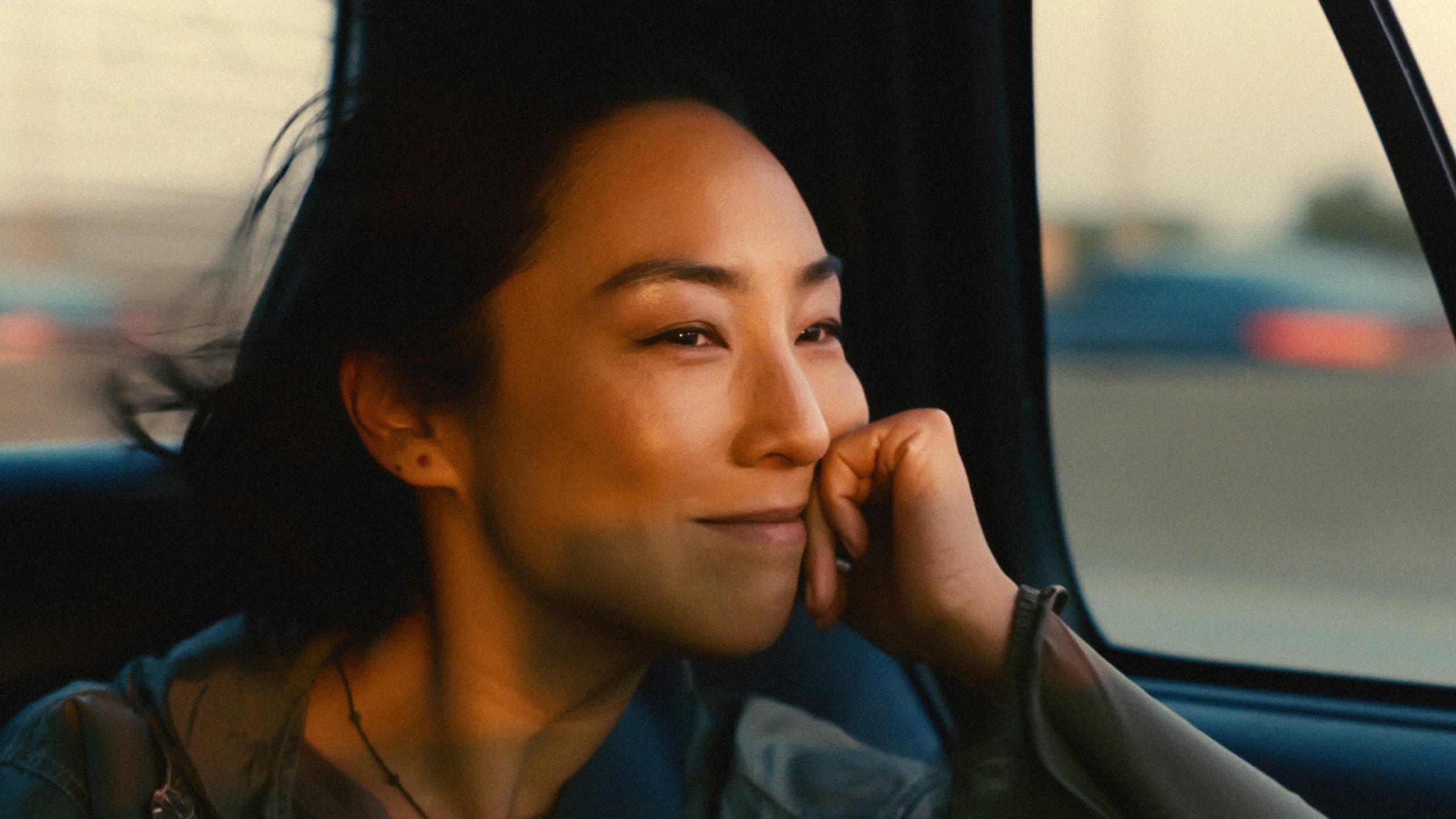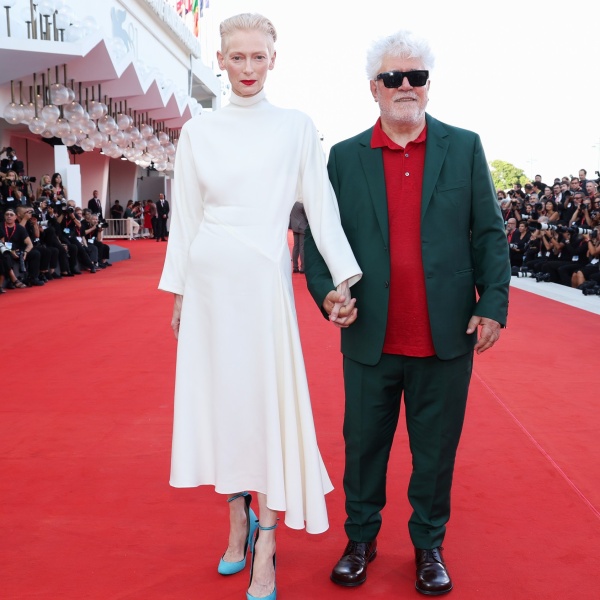Writer and director Celine Song presents a question at the very beginning of “Past Lives”: Who are these people sitting together at a cozy Lower East Side bar? But the answer is as much about place as it is about Hae Sung (Tao Yoo) and Nora (Greta Lee). The A24 film shows their relationship in three very different places and times — as children in Seoul, as young adults reconnecting over the internet from different continents, and then meeting again in New York City years later — and while they’re always wonderful foils and complements for each other, at each point, something isn’t quite right.
In the middle section of the film, where Hae Sung and Nora reconnect 12 years after Nora’s family immigrated to Canada, what makes their relationship feel both special and burdensome is the time difference. It was important to Song that the audience experience the warmth of the odd little Skype bubble that Hae Sung and Nora create, but also the disconnecting forces pulling at them. It eventually leads Nora to stop talking to Hae Sung so she can jump fully into her life as an emerging writer in New York City.
“I kept talking about the Skype sequence like in a romantic comedy where the main characters are trying on different outfits until they find the perfect dress,” Song told IndieWire. “That was one of the big musical moments that we were trying to get right because you want it to feel like you’re not giving away the ending there, but you have to progress an entire relationship online.”
Song, cinematographer Shabier Kirchner, and production designer Grace Yun all collaborated on a heartbreaking transition during the “breakup” sequence, where Nora starts in darkness and hangs up at dawn, while Hae Sung’s room remains cool and dusky and ends in darkness. There’s an emotionality to the lighting pattern that dramatizes the gulf of an unbridgeable time difference.
Hae Sung’s and Nora’s rooms were built as two different sets on the same stage, with lighting timed by Kirchner and gaffer Andrew Hubbard to simulate separate sunrises and sunsets. “We wanted it to be this thing where the magic of time zones is that it allows for that kind of contradiction and impossibility,” Song said. “At the end of the conversation, we see Hae Sung in darkness on Skype. So even though we as the audience have seen the face he’s making in the darkness, Nora hasn’t seen it. Nora doesn’t see that he looked devastated.”

For all that the breakup sequence is about deliberate and accidental missed emotional connections, Song added another layer to the disconnect between them. “We actually had the two rooms connected by a wire for the [Skype] connection, and then we put a throttle on it, so we were controlling how shitty the connection was and when it would freeze,” Song said. “I could cue when the freezing of Hae Sung’s space was going to happen, and the actors didn’t know when that was going to be so they had to react.”
While editing, music, and performance carry the fun of this emotional long-distance relationship, the film’s lighting and sonic contrasts ultimately dispel it. “When they’re breaking up, when Nora takes off her headphones, it was really important that the sound of the city would just come rushing in,” Song said. “We start to hear the sound of the city a little bit louder and louder and louder because we’re really trying to locate the characters to be deeper and deeper and deeper in the place that they are actually in.”




